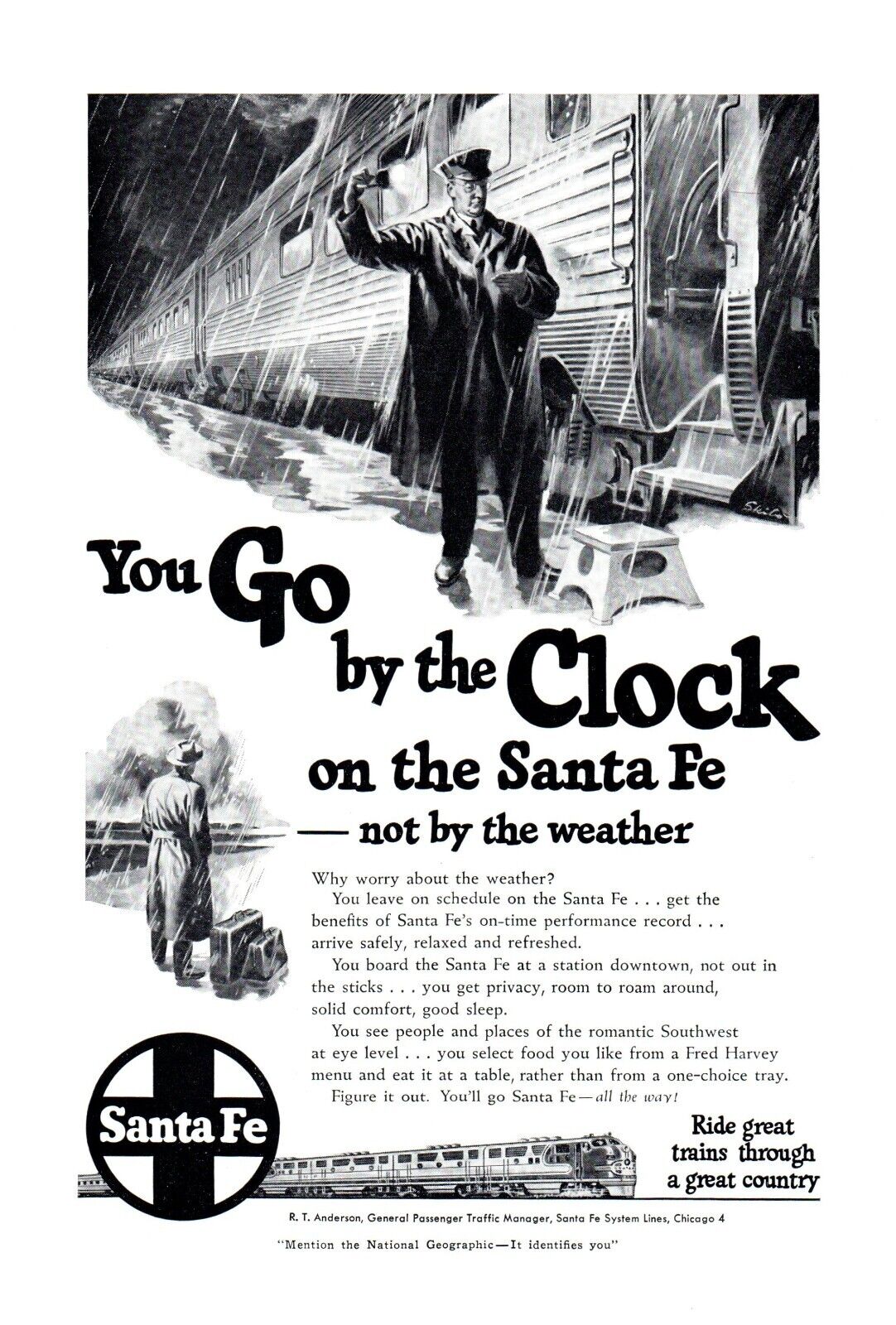Charles785
Service Attendant
- Joined
- Nov 24, 2017
- Messages
- 155
This may have been addressed before but back in the day of the golden age of private rail passenger travel - Santa Fe, Great Northern, Chicago Burlington & Quincy, New York Central, Missouri Pacific, Rock Island, etc., did weather similar to what we're having now result in cancellations in most cases?






